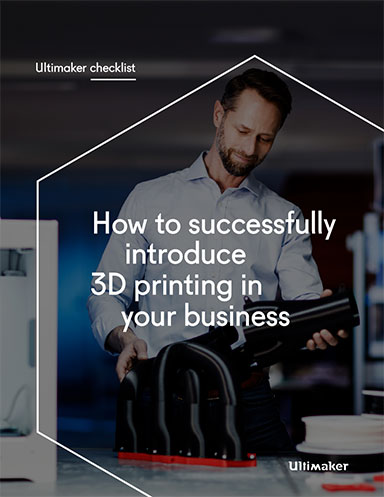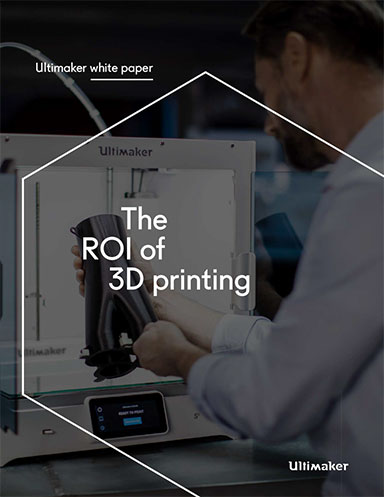NUST MISIS Simplifies 3D Printing of Aircraft Parts
It can reduce the cost of the material, enabling the ability to create compact products of complex shapes for the aerospace industry.
Latest News
February 4, 2020
A group of scientists from National University of Science and Technology (NUST) MISIS has developed an efficient and economical method of producing starting materials for additive printing—composite titanium/aluminum spherical powders. It will reduce the cost of the material, making it more affordable for the manufacturer and expanding the ability to create compact products of complex shapes for the aerospace industry.
“High-quality powders-precursors are needed for the serial 3D-production of rocket and aircraft parts, as well as a simple, highly effective and inexpensive production method. The full-fledged introduction of metal additive installations in the domestic industry is mainly constrained by the high cost of starting materials, which is the reason why production is still unprofitable. The development of a cost-effective way to obtain high-quality metal powders is our main task,” says Andrey Nepapushev, Ph.D., one of the co-developers, a research fellow of the Research and Development Center of Functional Nanoceramics at NUST MISIS.
The scientists managed to simplify the production of powders for 3D printing through the use of a unique combination of planetary mill modes, where composite powders consisting of rounded particles, including titanium and aluminum, were obtained during intensive mechanical processing. This “semifinished product” can be directly loaded into a 3D laser printer, where the metals react, forming a refractory intermetallic compound right during the printing process at a temperature of about 650 degrees.
As the scientists mention, no one has previously used a planetary mill for this purpose and laboratory experience can be transferred to production—domestic manufacturers have industrial analogs of planetary mills.
To use a ready-made intermetallic for printing parts, it is necessary to first cast it and it requires special technology and serious energy consumption. Then, to obtain powder the hot melt must be “sprayed” with a stream of gas, water or plasma, which complicates and increases the cost of production.
“As the starting material for our experiments, we used powders of titanium, aluminum and nickel, which were subjected to intensive machining in a planetary mill. The proposed method has simplified and reduced the cost of obtaining precursors, as well as reduced energy consumption during 3D printing by 20%. Accordingly, it is not necessary to use large laser powers for melting during printing,” adds Nepapushev.
Currently, the scientific group has completed the optimization of the precursor powders compositions and has begun to create the first prototypes from the obtained powders.
Sources: Press materials received from the company and additional information gleaned from the company’s website.
Subscribe to our FREE magazine, FREE email newsletters or both!
Latest News
About the Author
DE’s editors contribute news and new product announcements to Digital Engineering.
Press releases may be sent to them via [email protected].






